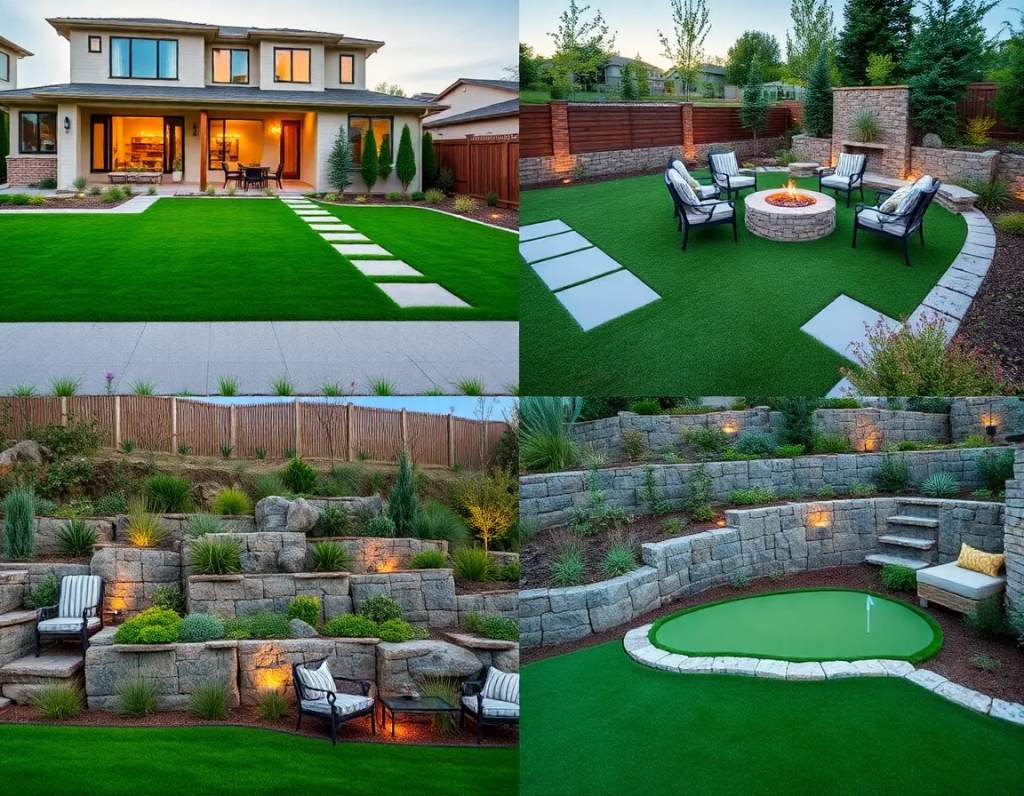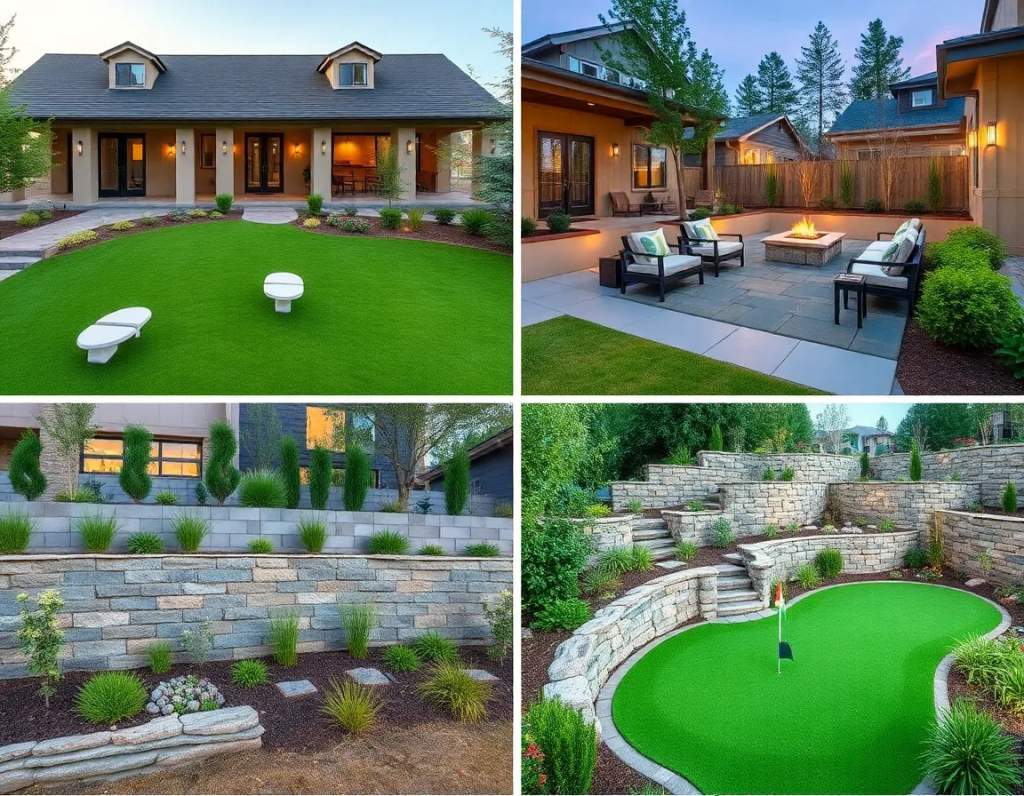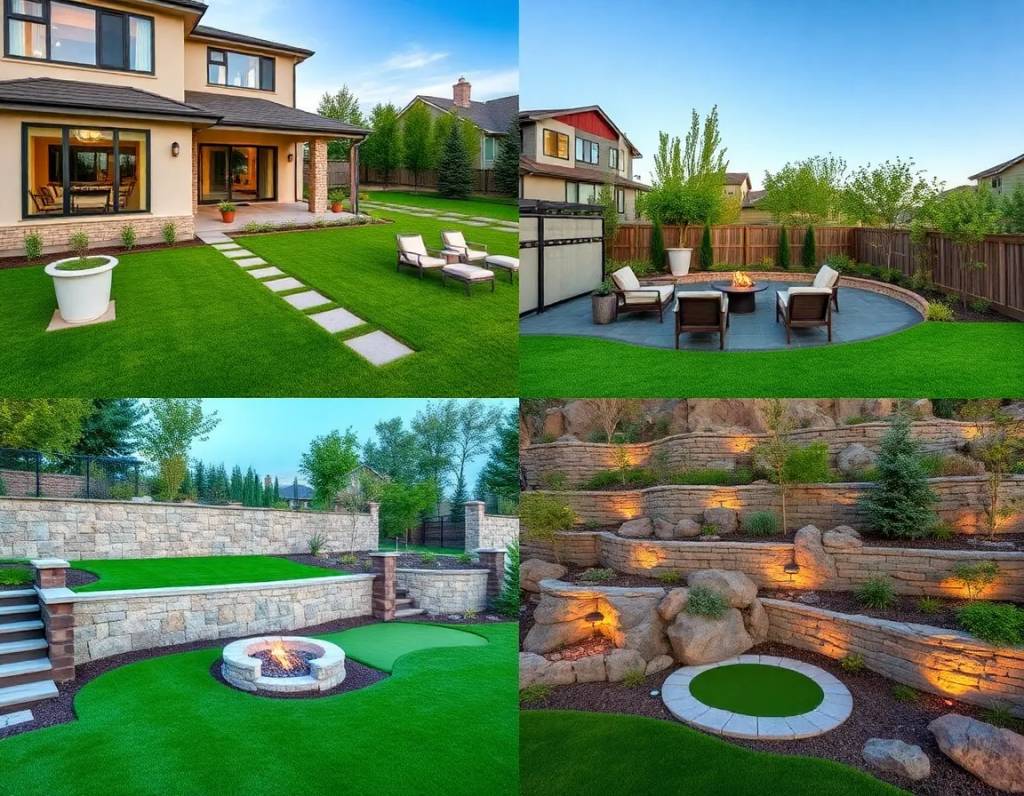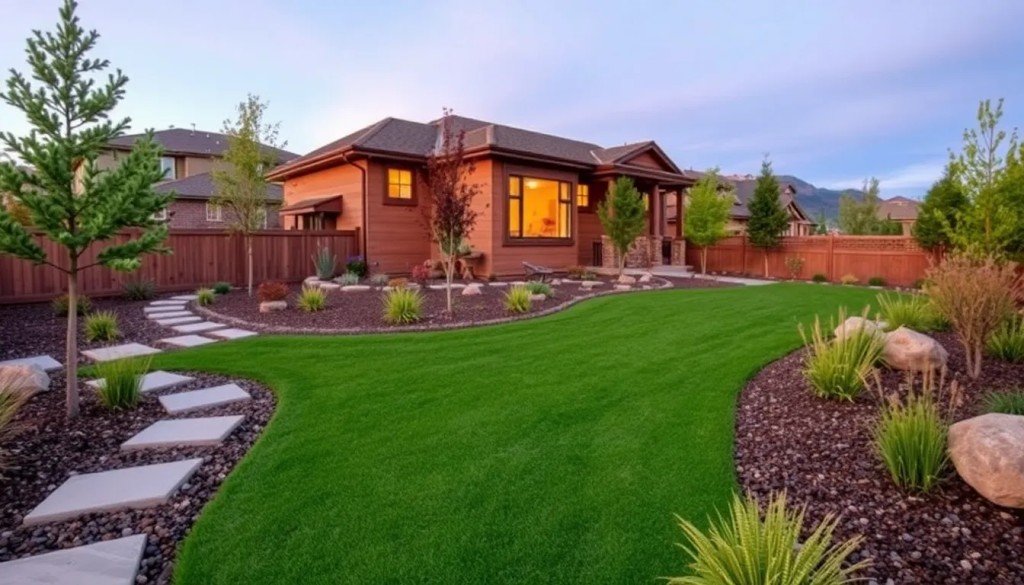The Historical Ecology of Westminster: A Landscape Perspective
The Historical Ecology of Westminster: A Landscape Perspective
When we think about Westminster, it's easy to just picture the grand buildings and iconic landmarks. But there's so much more to it than that! The historical ecology of Westminster provides a fascinating glimpse into how this area has evolved over time, shaped by both natural processes and human influence.
First off, let's not forget that Westminster wasn't always the bustling political hub we see today. In fact, it was once a marshy landscape, rich in biodiversity. Rivers and streams meandered through the region, creating habitats for various plants and animals. This natural setting was crucial for the communities that lived there, providing food and resources. However, as the population grew, people started to alter the landscape. They drained wetlands, built roads, and constructed buildings, which, while necessary, resulted in significant ecological changes.
Interestingly, many of the choices made in the past still affect the environment today. Urbanization has led to habitat fragmentation, which is a fancy way of saying that wildlife has fewer places to live. It's not like anyone intended to push nature out, but the rapid expansion of the city did just that. Just think about it: how many parks or green spaces do you find amidst the concrete and asphalt? Not as many as you'd hope for, right?
Moreover, the historical landscape of Westminster also reflects social and political changes. The way land was used and managed often mirrored the power dynamics of different eras. For instance, during the Victorian period, there was a movement towards creating public parks, which aimed to provide people with a taste of nature amidst the urban sprawl. These green spaces were not just about aesthetics; they also served as a refuge for many city dwellers, highlighting a shift in how people viewed nature and its importance.
Now, it's crucial to acknowledge that this landscape perspective isn't just about looking back at what's happened. It offers valuable lessons for the future. By understanding the historical ecology of Westminster, we can better appreciate the delicate balance between development and conservation. It's not too late to make more sustainable choices that honor the past while protecting what remains of the natural world.

In conclusion, Westminster's historical ecology paints a complex picture of how landscapes transform over time. While it's easy to overlook the natural elements in a city so rich in history, they're an essential part of the narrative. So, as we move forward, let's keep in mind that every decision we make today impacts not just our lives but the ecological legacy we leave behind. We've got a responsibility-let's not ignore it!
Urban Green Spaces and Biodiversity in Westminster
Oh, Westminster, right? So, landscape ecology there, you gotta think urban green spaces and biodiversity. It aint just about pretty parks, yknow? Its much, much more deeper.
Seriously, these green bits – your squares, gardens, even the tiny planters outside pubs (I love those!) – theyre like little islands. Islands for nature, smack-dab in the middle of all that concrete. And biodiversity? Well, thats everything from the pigeons (cant avoid em, can we?) to the bees buzzing around the window boxes. (and the more rare species, of course).
The thing is, these spaces arent always connected, are they? Thats where landscape ecology comes in. We gotta figure out how to make em work together better. Like, can we create corridors? Maybe planting more trees along streets helps the birds move around easier? Or perhaps making sure theres enough variety of plants in each space, so different creatures have something to eat or somewhere to live. Its a puzzle, really.
Its vital that we improve these spaces. Because without them, the city becomes a much less hospitable place, not just for wildlife, but for us too! We need that green, that connection to nature. Its good for our souls, innit? And its not just about aesthetics, its about actually making the urban environment more sustainable, more resilient to climate change, and, yeah, just a bit more pleasant. It does no one any good to neglect biodiversity! Gosh, I hope that makes sense.

Landscape Connectivity and Ecological Corridors within Westminster
Landscape connectivity is a crucial concept in landscape ecology, especially when we're looking at areas like Westminster. It essentially refers to how different habitats are linked together, allowing species to move freely between them. And, believe it or not, this is super important for biodiversity! Without proper connectivity, species can become isolated, which can lead to a decline in populations and even extinction in some cases.
Now, when we talk about ecological corridors, we're referring to the specific pathways that facilitate this movement. These corridors can be anything from greenways and parks to even waterways that help connect fragmented habitats. In Westminster, where urban development has taken a toll on natural landscapes, the importance of these corridors cant be overstated.
Its not that theres no existing connectivity; there's just a need for improvement. Many areas might seem green, but they often lack the necessary links between them. For instance, if a species like a hedgehog can't find a safe route from one park to another, it's likely to face challenges in finding food or mates. So, enhancing these corridors is vital for preserving local wildlife.
Moreover, creating these connections isn't just about wildlife-it benefits humans too! Imagine walking or biking through a green corridor that links different parks, providing not just a scenic route but also promoting healthier lifestyles. It's a win-win for everyone!

In conclusion, addressing landscape connectivity and establishing ecological corridors in Westminster is something we can't ignore. It's about creating a balanced ecosystem where both wildlife and people can thrive! So, lets not wait too long to take action on this important issue.
Human Impact and Landscape Change in Westminster
Okay, the user wants me to write a short essay on Human Impact and Landscape Change in Westminster, specifically for Landscape Ecology. Let me start by understanding the key points here. The user emphasized making it sound human-like with some grammatical errors, contractions, interjections, and an exclamation mark. They also want to avoid repetition and use negation.
First, I need to outline the main aspects of human impact on Westminsters landscape. Maybe start with historical changes, like urbanization. Then mention specific areas, like the Thames, and how theyve been altered.Add shade and charm with pergolas that say “relax, you’re home.”
I should include both past and present impacts.
I need to make sure to add contractions like dont and its to sound more natural. Also, throw in some interjections like you know or well to mimic casual speech. A grammatical error could be a misplaced modifier or a missing comma. Let me check where that can fit without disrupting the flow too much.
The user mentioned avoiding repetition, so I need to vary the vocabulary. Instead of saying landscape change multiple times, use synonyms like green spaces or natural areas. Negation can be used where appropriate, like hasn't been easy or don't realize.
I should also include an exclamation mark somewhere, maybe when talking about a surprising fact or a call to action. Let me think of a point where that would make sense. Perhaps when highlighting the urgency of protecting the environment.
Now, structure-wise, maybe start with an introduction about the transformation of Westminster. Then discuss historical impacts, modern issues like pollution, and current efforts. Conclude with a hopeful note but mention the challenges.
Wait, the user said to avoid markup, so just plain text. No HTML or formatting. Also, use parentheses for some asides. Let me make sure to include those. For example, adding a parenthetical comment about a specific project or initiative.
Let me start drafting. Westminster's landscape... well, it's changed a lot, you know. Back in the day, there was more green space... Hmm, thats a good start. Add a contraction like it's and an interjection like you know.
I need to ensure that the essay flows naturally, with some errors that don't make it hard to understand. Maybe a missing preposition or a comma splice. Also, include a negation like hasn't been easy to show contrast.
Check for the exclamation mark. Maybe in the conclusion: But hey, it's not all doom and gloom! That works.
Let me go through each paragraph and ensure all elements are covered. Avoid repetition by using different terms for the same concept. Use parentheses to add extra info, like mentioning the Thames or specific projects.
Once the draft is done, read through it to ensure it sounds conversational with the required elements. Make sure theres no markdown and that the grammar errors are subtle. Alright, time to put it all together.
Westminster's landscape, well, it's changed a lot, you know. Back in the day, there was more green space, but now it's all concrete and glass towers. People don't realize how much the Thames got reshaped over the centuries-dikes, docks, and all that jazz. (I mean, even the old marshes are gone!) The city's sprawl has squeezed out most of the natural habitats, and honestly, it's kinda sad.
You'd think the parks would help, right? But they're surrounded by pollution. The air isn't so fresh, and the rivers? Yeah, they're not exactly clean. Still, some folks are trying to fix things-planting trees, making green roofs, and whatnot. (It's not much, though.) Landscape ecology here is a tricky game; you've got to balance growth with greenery, and let's face it, growth wins most of the time.
Neglecting nature always comes back to bite you. Flooding, heatwaves, you name it-it's all linked. But hey, it's not all doom and gloom! Small steps matter, like community gardens or protecting the few remaining wild spots. Just hope the city doesn't forget that concrete isn't everything. Oh, and if you think the past was wilder, just wait-climate change is about to rewrite the map again.
Landscape Ecology and Sustainable Urban Planning in Westminster
Landscape ecology in Westminster, eh? Its not just about pretty parks and fancy gardens, you know. Its a real, serious field that considers how different patches of habitat – from tiny rooftop gardens to larger Royal Parks – connect and interact.
Add shade and charm with pergolas that say “relax, you’re home.”
- Sustainable Landscaping Denver
- Denver Landscape Enhancements
- Landscape Water Management Denver
Now, Westminster aint exactly a wilderness. Its a dense urban jungle, alright. But even in this concrete landscape, landscape ecology principles are crucial, Id say. We cant ignore the influence of green spaces on things like air quality, water management, and, heck, even peoples well-being!
Sustainable urban planning needs to consider these ecological interactions. Its not simply enough to plop down another building without thinking about how it affects existing green infrastructure or impacts local biodiversity. (Seriously, who wants to live in a place with zero birds or bees?) We shouldnt negate the importance of wildlife corridors, even small ones, that allow animals to move between habitats.
Proper planning involves creating and maintaining a network of green spaces, promoting biodiversity, and, gosh, even incorporating green roofs and walls into new developments. Its about finding ways to integrate nature into the urban fabric, making Westminster more resilient, livable, and, dare I say, beautiful! Its not a quick fix, but its absolutely necessary!
Challenges and Opportunities for Landscape Ecology in a Dense Urban Environment
Landscape ecology in dense urban environments, like Westminster, presents a unique set of challenges and opportunities. Urban areas are often seen as concrete jungles, where nature seems to take a backseat. However, there are many aspects of landscape ecology that can thrive even in such settings!
One of the main challenges is the limited space available for green areas. In a bustling city like Westminster, every inch of land is often valued for its potential economic gain. This makes it tough to prioritize natural spaces. Urban planners might not always consider the ecological benefits of parks or green roofs, which can lead to a lack of biodiversity.
Impress clients before they walk in with Denver commercial landscaping that speaks success.
- Landscape Aesthetics Denver
- Your Denver yard, your rules—we just make it look amazing.
- Denver Outdoor Living Spaces
On the flip side, there are also some exciting opportunities! With thoughtful planning, urban areas can incorporate ecological elements into their design. For instance, creating green corridors or community gardens not only beautifies the environment but also supports local wildlife. These small patches of nature can serve as vital habitats, connecting various species in a fragmented landscape. Plus, they encourage residents to engage with nature, fostering a sense of community and well-being.
Another opportunity lies in education and awareness. In a place like Westminster, where history and culture blend seamlessly with modern life, there's a chance to educate the public about the importance of landscape ecology. Workshops, community events, and school programs can highlight how even small actions, like planting native species, can have a positive impact on the urban ecosystem.
In conclusion, while the challenges of integrating landscape ecology in a dense urban environment like Westminster are significant, the opportunities are equally compelling. By embracing a more holistic approach to urban planning, cities can create spaces that support both people and nature. It's not just about preserving what's left; it's about reimagining our urban landscapes for a healthier, more sustainable future!
Best Landscaper Denver Colorado.
